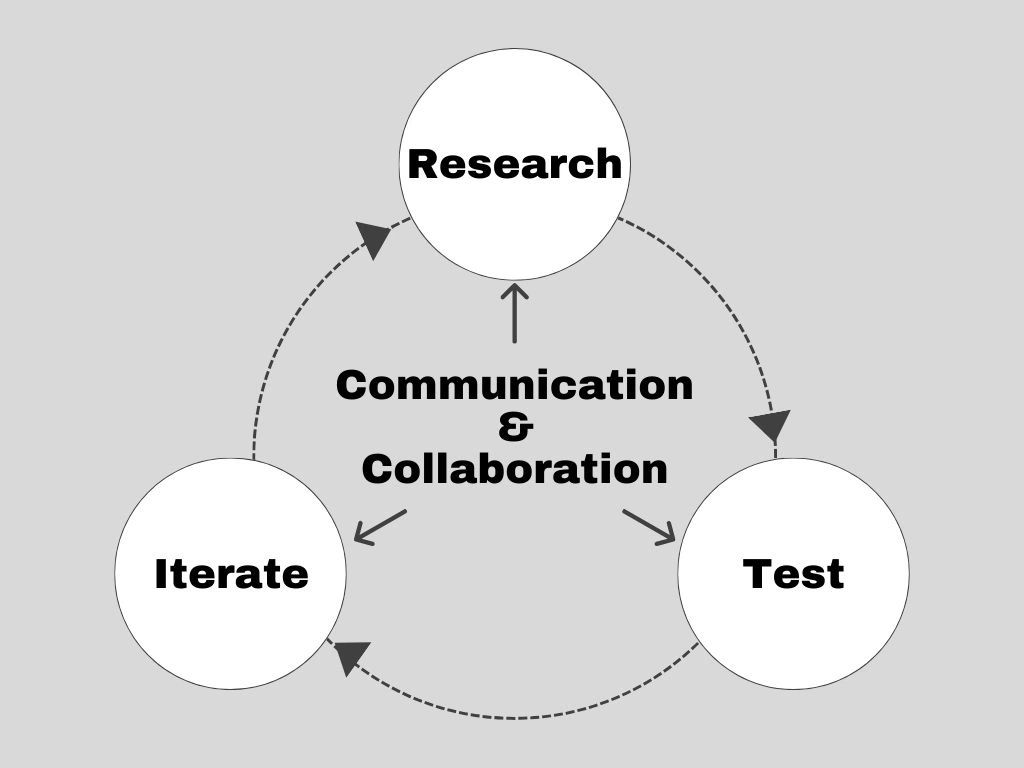Launching a Future Ready Business
“How to Launch an Architecture Firm: 7 Essential Steps” offers a roadmap for any architect ready to establish a practice where design vision thoughtfully aligns with business acumen. It is very much about vision, purpose, agility, and leveraging the right tools to establish a successful brand. There is much more to it than just having the ability to design. Whether you’re a recent graduate or an experienced architect, these 7 essential steps will help you launch an architecture firm that is resilient, innovative and positioned for long-term growth.
1. Cultivate Entrepreneurial Resilience & Mental Fortitude
The architecture startup journey is exhilarating and demanding. Mental resilience is your foundation.
- Practice mindfulness and stress management to fuel creativity and decision-making. Read “Startup! Taming the Chaos, Maintaining Sanity” for entrepreneurial insights
- Seek mentorship from peers who have launched successful firms.
- Build a support network of forward-thinking architects, technologists, and mentors.
- Stay agile: embrace change, learn from setbacks, and celebrate progress. Remember setbacks are part of the process not signs of failure but rather of imminent success.
2. Research, Test, and Iterate

Innovation thrives on experimentation. Continuous improvement is the new normal.
- Use tools to analyze market trends in areas such as sustainability, smart cities, and digital fabrication.
- Prototype your business model with pilot projects or consulting gigs. This will be your MVP (Minimum Viable Product/Service).
- Gather feedback from early clients and iterate your offering. Be ready to fast fast to expedite your learning process and growth.
3. Choose a Flexible, Future-Proof Firm Structure
Your business model should reflect how architecture is practiced today and tomorrow. Do explore hybrid models to stay adaptable as you scale. You will need to consult with a legal advisor to align your business structure with your goals.
Basic Business Setup Types
- Solo Proprietorship: Full creative control, nimble operations; simple to start but no personal liability protection.
- Limited Liability Company (LLC): protects personal assets and offers tax flexibility.
- Partnerships or LLPs: useful when co-founding with others.
How Do You Want Your Firm to Operate?
- Virtual/ Fully Remote / Hybrid: A way to tap global talent and serve clients anywhere. Consider that clients and teams may prefer flexible work models.
- Innovation Lab: Combine design, research, and technology for a unique market position.
- Distributed Talent? A way to harness a pool expertise for complex, multidisciplinary projects across the globe. Find out what style suits you here; ‘Architects at Work; Which Style Fits You Best’
4. Define a Purpose-Driven Mission

Your mission is not just a filler statement; it is your compass! A strong one helps your ideal clients connect with your brand emotionally and guides your decisions as you scale. Stand out in a crowded market by leading with purpose.
To craft a compelling narrative for your new architecture firm ask yourself:
What Social or Environmental change does your firm stand for?
How do your design values translate into client value?
Can you mission be expressed simply and memorably? For example “We design low-impact spaces that uplift communities”.
- Identify your core design values and philosophy
- Create a concise mission statement
- Define your target clients and project types
- Envision your firm’s long-term impact on the built environment
5. Understand Your Business Environment

Before launching your architecture firm, analyze the broader context withing which you will operate. This way you position yourself strategically for success. You are not as unique as you may think.
- Your Ideal Clients: Who are they? What do they value most; is it speed, sustainability, prestige, affordability?
- Your Competitors: What do they do well? Where are the gaps? Do a Competition Analysis to find out exactly your positioning.
- Regulations: What are the planning, licensing and sustainability requirement in your region.
- Economic: Is the market stable? Are these funding opportunities or constraints?
Use frameworks like PESTLE and SWOT these out clearly. Insights is your best insurance policy.
Stay ahead of regulatory changes, digital disruption, and evolving client demands. Monitor competitors and identify gaps in the market, especially in emerging niches like net-zero design or adaptive reuse. For more on PESTLE, visit ‘3 ways to Define Your Business Idea’
- Political: Building codes and zoning regulations
- Economic: Real estate market trends
- Social: Changing lifestyle and work patterns
- Technological: BIM and parametric design tools
- Legal: Licensing requirements and liability considerations
- Environmental: Sustainability certifications and regulations

6. Build a Dynamic, Data-Driven Business Plan
Your business plan is a living document; review and update it continuously as you grow. Even if you are starting solo, a solid plan helps you stay focused and accountable and can include:
Executive Summary: your firms mission and high level strategy
Services: What you offer and to whom.
Market Research: What makes your firm different? What is your unfair advantage?
Financial Projections: Startup costs, pricing, cash flow, profitability timelines.
Operations: Tools, software, workflows and team structure.
Revisit and Revise your plan every quarter at least. Agility is your strength.
Tips
- Use Lean Canvas or similar frameworks to clarify your value proposition, revenue streams, and key partners. As a startup the Lean Canvas is the way to start exploring your business idea. As an established firm, perhaps the Business Model Canvas is more suitable. The article ‘The Lean Canvas Vs Business Model Canvas‘ can help clarify the differences.
- Set ambitious but realistic financial projections, accounting for tech investments and new revenue models.
- Plan your marketing with a focus on digital-first strategies: SEO, thought leadership, and immersive content. Build your authority as an architect through storytelling.
- Map out client acquisition strategies that leverage your unique strengths.
7. Establish Efficient Workflows
Efficiency is the backbone of a thriving startup. Your systems can either empower or exhaust you. Choose tools and habits that support productivity not just busyness. Streamline and optimize operations with digital workflows.
Project Management: Platforms like Trello, Clickup, Asana
Collaboration: Cloud platforms for file sharing and markup (Google Drive, BIM 360)
Invoicing & Finance: Tools like Quickbooks or Xero
Client Communication and Management: Templates, Checklists and CRM tools.
Tips
- Implement project management software. Adopt cloud-based project management and BIM platforms for seamless collaboration.
- Implement quality control processes and automate repetitive admin tasks.
- Set SMART goals for each project phase (Specific, Measurable, Achievable, Relevant and Time-bound)
- Create templates for contracts and client communications
Launching an architecture firm is about legacy. Lead with vision, embrace technology, and stay relentlessly client-focused. The world needs bold, innovative architects so make sure your firm is one of them.
Position Your Firm for Visibility
Attracting clients requires visibility. Consider these approaches:
- Portfolio-first website: Fast, mobile optimized and SEO enhanced.
- Thought Leadership: Blog posts, case studies, or design tips shared via newsletter or social media.
- Networking: Engage in Industry forums or events both virtual and in person.
- Referral Systems: Ensure your satisfied clients become your brand ambassadors. Ask them for testimonials and introductions.
Final Thoughts
Starting your own architecture brand requires strategy and soul. With resilience, research, structure, and systems in place, you create more than a business you build a brand with a legacy for long-term impact.
Whether you’re launching tomorrow or still exploring the idea, each step above is a building block toward clarity, confidence, and creative independence.
Business Set Up on A Budget – Free Email & Marketing

Give your firm a polished, professional edge totally free as you startup. This is particularly valuable is you are boot-strapping your startup.
Zoho Mail Free Forever Plan
Zoho Mail’s free forever plan lets you host one domain with up to 5 user accounts, each granted 5 GB of storage and 25 MB attachment limit, accessible via webmail and mobile apps
Sender.net Free Forever Email Marketing Plan
Sender.net’s Free Forever email marketing plan supports up to 2,500 active subscribers and 15,000 emails per month, complete with drag‑and‑drop templates, pop‑ups/forms, automation workflows, and support.
* This email includes affiliate links (Zoho & Sender)
